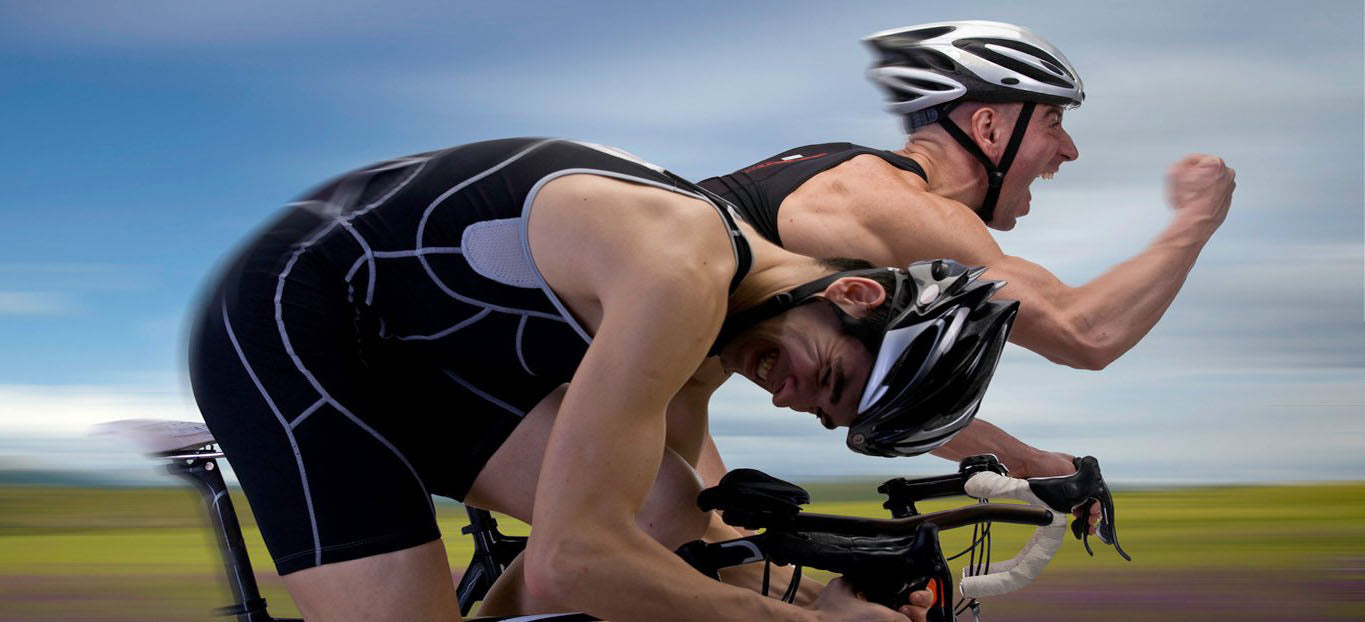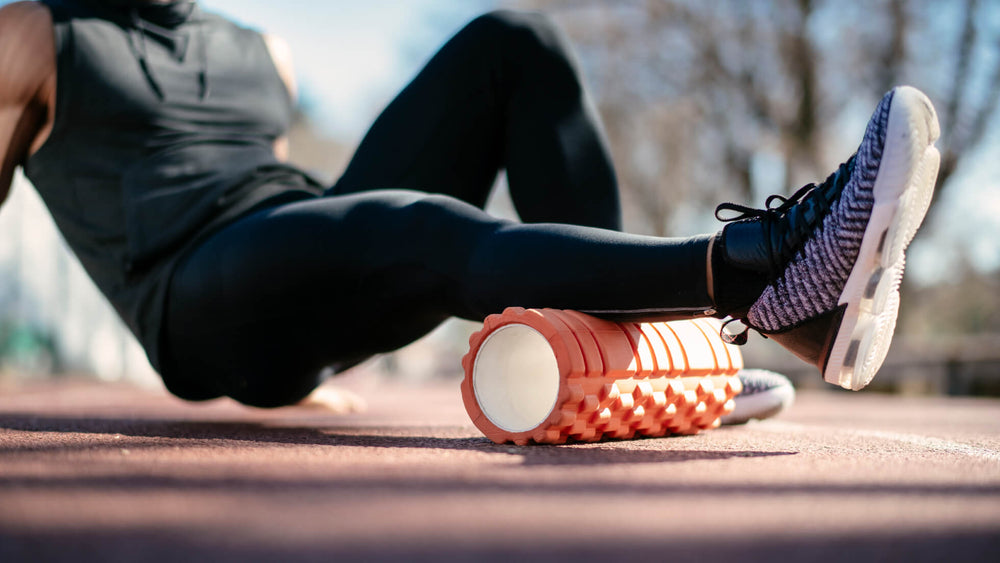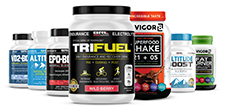Are You a Cyclist or an Athlete?

You’ve invested in the perfect bike. Own the newest equipment. Cycle four or five days a week. So, does this make you an athlete?
Endurance sports like road cycling require time management and physical commitment — two of your greatest talents. You can put in the time and cover miles with the best of them. But are you setting goals to improve? Do you know how your body works, or what it takes for it to work to its maximum? Do you know how to improve your endurance, beyond just cranking the pedals for more miles?
Hobbyists seek enjoyment. Athletes strive to improve and use all the information and tools necessary to excel and win.
Do you know your VO2 max numbers? Athletes do. Are you eating the right foods? Athletes are. Every day. Do you keep logs of your workouts and progress? Athletes know their numbers by heart — oftentimes are going over them during a ride — and are constantly challenging themselves to improve them to reach goals.
This isn’t an article to make you feel inadequate. It’s a kickstarter for those who continually ask themselves: “Why am I not doing better? Why does that guy keep passing me?” If you’re asking those questions, you’re an athlete at heart. So why not take it to the next level? Why not live and train like one? Here are some quick tips to get you started:
Nutrition: More than just carrying the right fuel while you ride, begin eating like an athlete every day.
- No more junk food. Find enjoyment and sustenance from nature’s bounty and not a box or bag. Stay away from:
- Breads, pastas and cereal. Replace these with rice, potatoes, quinoa, buckwheat and starchy veggies.
- Replace milk with unsweetened almond, coconut or cashew milk.
- Fruit juice. Replace with water.
Training: Start challenging yourself with goals. Don’t just ride; train.
- Find the right app. There are many to choose that will allow you to set goals, ride with others (add competitive challenges), track your progress.
- Keep logs of your workouts and diet; study, learn and improve.
- Compare with others for inspiration.
- Join a club.
- Hire a coach.
Supplements: Incorporate proven, safe supplements into your daily diet and workouts to help:
- Increase your VO2 max and running economy.
- Hydrate.
- Energize.
- Replenish fluids and electrolytes.
- Reduce soreness and speed recovery times.
Education: Take time to learn about the science of how your body works. Investigate the effects of training, nutrition and supplements.
- Talk to your doctor.
- Search the web.
- Interact with other athletes.
Obviously, this is the tip of a bigger information iceberg. These are just some entry-level tips and info to — at the very least — get you to ask yourself: “Am I an athlete? Do I want to be one?” And don’t forget, it’s not all work and no play. Athletes love their sport, but they also love to win. And that takes dedication, work, smarts and science.
Take the next step in your training regimen: Try any BRL Sports supplement risk-free! If our natural nutritional products aren’t the best you’ve ever used, simply return your purchase for a 100% refund — no questions asked!
Also in Inspiration & Perspiration

High Altitude Supplements: Complete Guide to Training & Prevention (Altitude Sickness Solutions)
Support endurance and reduce altitude stress with supplements that improve oxygen efficiency, stamina, and recovery in high-altitude conditions.

Best Supplements For Runners: Complete Guide By Training Phase (Base, Peak, Taper & Race Day)
Discover the best supplements for runners by training phase—base, peak, taper, and race day—to boost endurance, recovery, and performance.

Creatine for Endurance vs. Sprint Efforts
Creatine isn’t just for power—learn how it boosts sprint speed, recovery, and endurance performance.


